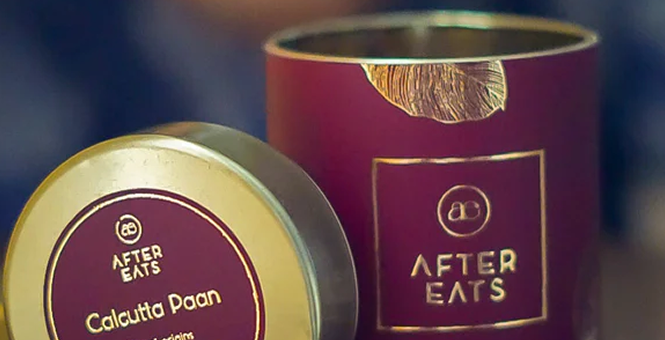
The Fragrant Legacy of Mukhwas: An Indian Ritual Reimagined
Share
Long before after-dinner mints and chewing gum, India had its own sophisticated answer to post-meal refreshment: mukhwas. Far more than a mouth freshener, mukhwas is a centuries-old tradition that blends wellness, ritual, and indulgence in one fragrant handful. The name comes from Sanskrit—mukh (mouth) and vas (fragrance)—hinting at its original purpose: to cleanse and perfume the breath naturally.
What many don’t know is that mukhwas was first developed as part of Ayurvedic digestive therapy. Seeds like fennel, ajwain, and sesame were used not just for their aroma but for their agni-enhancing (digestive fire) properties. In royal courts, mukhwas often included gold or silver leaf, and was offered to guests as a sign of respect and refinement.
Its recipes evolved regionally—some with roasted coconut and betel nut, others with rose petals and camphor. Each version carried cultural significance and was often handcrafted in households using heirloom recipes.
Today, mukhwas is experiencing a renaissance. As India rediscovers its artisanal roots, premium mukhwas—blending tradition with luxury—have found their way into gourmet hampers, five-star hotels, and fine dining.
In essence, mukhwas isn’t just eaten—it’s savored. It’s India’s edible ode to elegance.
